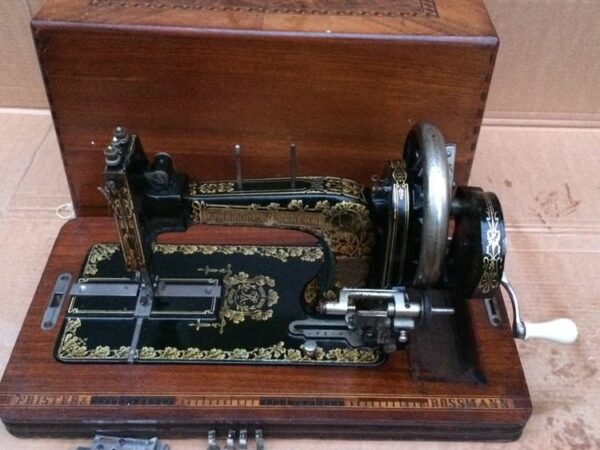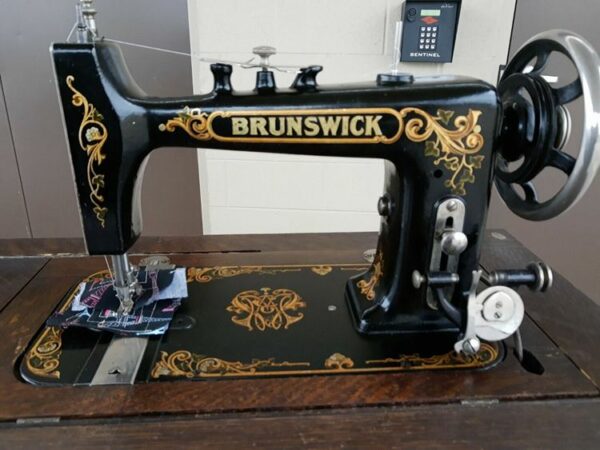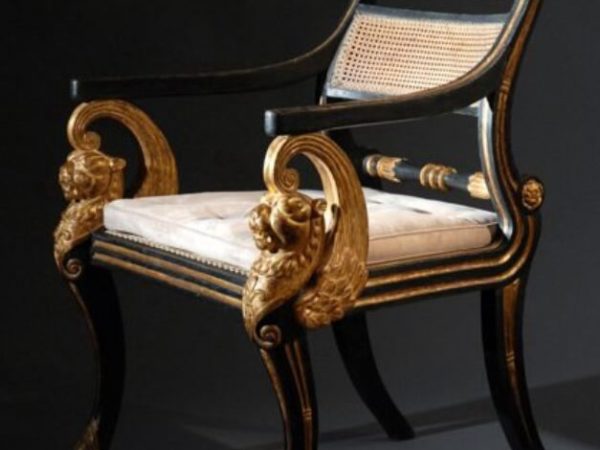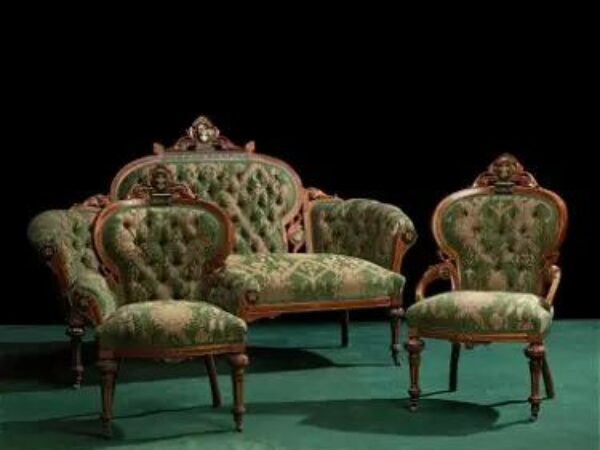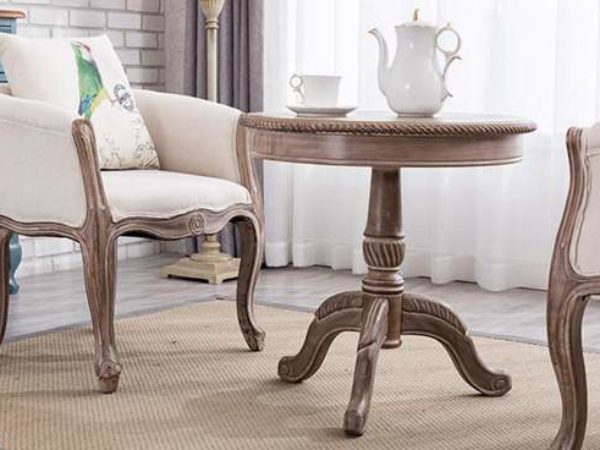Antique tools are a unique and fun collection to build, but they also present some challenges. Most antique tools were created to be used for a single purpose, often with specific materials. This means that finding them a new home as an added piece in your collection can be tricky.
Many antique tool owners don’t recognize their tools’ worth. While some people don’t even know how to recognize antique tools, others overprice the ones in their possession. Also, since so many are handmade and imperfect, most appraisers won’t give you a lot of money for them.
If you love the feel and look of antique tools, there is still plenty of value in them. Depending on their materials and rarity, they can even be worth more than you might think. In this article, we’ll go through tips on how to identify valuable antiques, as well as which types of tools are worth
more than others.
Table of Contents
What are Antique Tools?
The age of vintage or antique tools is not as old as we believe. Because there are so many mechanical tools, technologies, and gadgets available today for performing numerous tasks, many hand tools appear antiquated. Antique tools are those that need some physical labor to operate. Hammers, saws, planes, chisels, axes, and other tools are examples. It doesn’t matter if they are only a few years old or date back to the 19th century.
Although the features of these tools have evolved, the way they are used has not. For instance, some of them now have distinct shapes and are made from various materials, but they serve the purpose for which they were initially designed.
This frequently indicates that older material with older qualities is now valued far more than newer ones, especially those that are rare.
Factors Affecting Antique Tools Value
The value of antique tools is determined by a few things. They include the following:
● Type of Tool:
To estimate the value of your antique tools, you must first identify the type of tool they are. As previously stated, some tools are more sought after than others, and different sub-types of tools might be popular among collectors.
● Condition of the Tool:
Antique tools, like any antique object, must be in good shape. No matter how uncommon a tool is, if it is in poor condition, its value will suffer dramatically. Tools that are over a century old will naturally show symptoms of aging. However, this aging should not be excessive, unnatural, or impair the tool’s usage.
● Brand or Manufacturer of the tool:
Identifying the brand or manufacturer of antique tools is critical since it will help you assess their age. Look for symbols, letters, or numbers that can assist you in finding out who made the antique tools.
More information about antique tools and their values can also be found on websites such as the Directory of American Tool and Machinery Patents and the Early American Industries Association. These websites have a wealth of information on ancient tools and their provenance.
Valuable Antique Tools Worth Money
In this section, we will be looking at some antique tools that are still worth some money today and how much some of them have been sold for:
Antique Hammers
Let’s start with an incredibly handy tool everyone knows and uses at home: the hammer. A hammer is an essential tool for every house or workshop. If you want to build a closet or hang a clock, you’ll need a hammer.
As some of the earliest tools ever created, Hammers have undergone various modifications and appear in various styles. As a result, before deciding whether or not to purchase an antique hammer, you must first determine what type of hammer it is. The hammer’s age, constituent materials, rarity, and condition are the most decisive factors that determine the value of the hammer.
If you want to add a vintage hammer to your collection, you can purchase one from an antique store, either online or in person. You can also sell them to collectors at these locations.
You can sell your vintage hammers to collectors for as high as over a hundred dollars on eBay, a great example of a website for trading collectibles. A vintage titanium hammerhead by Stiletto Tool Company was recently sold on eBay for $132. Another recent sale was that of a Sidchrome ball pin hammer on eBay. The vintage hammer was sold for $106
Antique Wood Planes
Any competent carpenter understands that wood planes are vital hand tools for woodworking. Although new power tools have entered the market, the usefulness of a wood plane as a hand tool cannot be overemphasized. Wood planes have been used to smooth wood by carpenters and woodworkers since the Roman Empire.
Although plane designs have remained essentially unchanged, the materials utilized to construct them have evolved. As a result, collectors are eager to purchase your antique plane if you can identify it and determine its value.
Knowing the brand of a plane and what material was used to create it will allow you to easily identify it and assess its value. The most popular and valuable brand among collectors is Stanley Planes (an antique Stanley wood plane with a Brazilian rosewood handle was sold on eBay for $2950).
Antique Wrenches
Wrenches are required to remove or tighten nuts and bolts. A wrench is a useful tool that will help you with many of your processes if you are a mechanic, welder, etc.
Since the fifteenth century, several groups of people have employed various wrench heads to aid with various chores. Wrenches, both fixed and adjustable, have played important roles throughout history, from fixing armor to installing pipe clamps.
Many of these old tools are still in use today, and this is because wrench design hasn’t changed significantly. Some vintage wrenches, however, are more valuable than others due to unique features such as inscriptions and unusual cutout handle patterns.
If you are looking to trade an antique wrench, you can check sites like eBay to know the prices they’ve been sold for in recent times. An antique octagonal wrench with parallel jaws was sold recently on eBay for $160.
Vintage Handsaws
Throughout history, hand saws have been crucial to the world. Handsaws have been used by humans to cut wood since 1500 BC for various uses. In carpentry and various types of woodworking, saws are necessary tools. Iron and other metals can also be cut with some saws. It is, therefore, a necessary tool for any handyman.
While they may not be as fast at accomplishing their tasks, hand saws from the nineteenth century can be very elegant, with carved and engraved handles. However, the prices of these tools vary from roughly $50 to $3000.
The most popular brand of vintage handsaws among collectors are Disston & Sons, Simonds’ Handsaws by JT Farwell & Co, and EC Atkins & Co. A split nut handsaw made by Disston & Sons in the 1840s was sold recently on eBay for $249.
Vintage Hand Drills
Today, hand drills are widely used in both our homes and places of employment. Today’s electric or battery-powered hand drills are very common among most of us. Manual drills were widely employed before the popularity of those drills, nevertheless.
These manual drills are still in use for quick tasks or when you require extra control and precision for your work. But those vintage manual drills are frequently worth more than we realize.
If you own an antique hand drill, you might be able to sell it for a decent sum of money. Depending on the model, make, and other factors, you can sell a manual drill on eBay for $100 or more. A vintage hand drill was sold recently on eBay for $250.
Antique Axes
Since they were first made around 6000 BC, axes have been used for various purposes. Axes were primarily used for wood splitting and tree cutting, but before more advanced military equipment was developed, several tribes also employed them as weapons in battle.
Even though many people still make and use new axes today, there is a growing market for antique ones. If you can accurately identify and trade old axes, they can be very valuable. Additionally, decent identification skills would be helpful if you’re looking to buy a vintage axe.
You must first decide what you plan to do with the axe to evaluate its value. Do you want to retain it as a collectible piece, or do you want to use it? You must carefully examine the blade and handle’s condition if you intend to use it.
If your axe is durable and in good shape, you can sell it on an online marketplace like eBay for up to $300 or more. An antique Swedish collared axe head was sold recently on eBay for $243.
Vintage Clamps
A clamp is a fastening device used to hold objects together so they won’t fall or separate when you apply pressure to them from the inside. For instance, to keep a piece of wood firmly in place while sawing, you can attach it to a work table with a clamp. The clamp has been an essential woodworking tool for ages, just like the other items on this list.
The clamp has undergone numerous alterations due to its age. While some clamps are made of wood, others are made of cast iron. Since wooden clamps were the first kind of hand clamps, they are usually more valuable than cast iron ones.
Unfortunately, many historical clamps, particularly the wooden ones, lack the manufacturer’s designs or logos, making it challenging to date them.
Clamps can be evaluated based on their condition. The value of various vintage clamps can also be affected by their various styles and shapes. A set of 2-piece vintage Hartford clamps was sold a couple of months ago on eBay for roughly $143.
Antique Chisels
Unlike modern chisels, antique chisels typically have a handle made of wood and a specially bent blade. These tools were used manually to mold and carve hard materials. Chisels were common tools that were frequently used in a variety of settings. Among the chisels that are most frequently used are:
-Chisels for woodworking
-Working chisels for metal (cold chisels and hot chisels)
-Chisels as tools for lathes
-Building chisels
Antique chisels have now grown quite popular and valuable among collectors. Several antique chisel sets have been recently sold online. You can check them out to know how much they are usually sold for.
Anvils
Anvils aren’t the first thing that comes to mind when you think about antique equipment, but they’re essential for blacksmithing and metalworking of all kinds. Anvils are very massive because the higher their inertia, the more efficiently they transfer the energy of striking tools to the workpiece. The anvil is typically used as a forging tool. It was the primary tool of metal craftsmen before the development of modern welding technologies.
The value of an antique anvil can range from the high hundreds to thousands of dollars, depending on its age and size. Simply said, the bigger and older the anvil, the more valuable it is. A small vintage jeweler anvil was recently sold on eBay for $1020.
Antique Plumb Bobs
A plumb bob is a certain type of tool made up of a weighted object hanging from a rope. It is also referred to as a plumb bob level or plummet. It is the precursor to the spirit level, and its primary use is to determine the vertical axis. The weighted objects are usually carved into the shapes of fruits or vegetables, such as carrots, turnips, or pears.
The tool dates back to ancient Egypt and was used to ensure that constructions or structures were upright or vertical. It is also employed in surveying to determine the nadir of a point in space with respect to gravity. It is usually used with other tools such as levels, theodolites, steel tapes, etc.
Antique plumb bobs are now very valuable collectibles among antique collectors. On auction sites, plumb bobs now sell for as high as a couple of hundred dollars. A six-inch turnip brass plumb bob was sold on eBay for about $230.
Antique Rules
Rules, also known as rulers or line gauges, were vital tools for artisans since they were the only way to precisely measure lengths. They needed to be long enough but also portable. As a result, they folded them into distinctive designs, which has now made them valuable collectibles.
Rulers have long been manufactured using various materials and in different sizes. Some are made of wood. Plastics have also been used since their invention.
Antique rules are now quite rare, very valuable, and sold for very good prices. A very rare Soho rule was recently sold on eBay for almost $1500.
Vintage Squares
Squares have been in use since the time of ancient Roman empires. They are a special type of tool with a specific purpose. They are used by crafters to reference 90° angles and to measure other popular ones, such as 45° angles. Squares are typically made of the stock (or handle) and the blade. The blade is usually linked to the stock (usually thicker) and can also serve as a ruler for measuring minor lengths.
Woodworking, metalworking, building, and technical drawing make extensive use of squares. Some squares have a scale for calculating angles or measuring distances (a ruler). Squares began to be created in factories in the 18th century; previously, they were typically fashioned from wood and were often crafted by the artisans themselves.
On online auction sites like eBay, vintage squares now sell for prices between $10 and a few hundred dollars. A vintage eagle square by MFG company is currently up for sale on eBay for around $103.
Antique Braces
Carpenters use braces to drill holes, typically in wood. Although they appear to be similar to hand drills, they differ slightly. Braces have a U-shaped sweeping handle that creates more torque, making larger holes easier to drill.
The brace’s front section is made up of a chuck spindle with V-shaped brackets or clamps inside. Spinning the chuck’s spindle clockwise tightens the drill bit, while turning counterclockwise loosens the bit for removal.
Antique braces are popular among collectors despite the lack of variety in their patterns. They are now quite valuable and can be sold for reasonable prices. A rare antique Marples Rosewood brass brace is currently listed for sale on tooltique.co.uk for around $320.
Vintage Screwdrivers
A screwdriver is a manual or automated tool used to turn screws. A standard screwdriver has a handle and a shaft that ends in a tip that the user inserts into the screw head before rotating the handle. To resist bending or twisting, the shaft is often composed of strong steel. The tip can be toughened to withstand wear and coated with a dark tip coating to improve visual contrast between the tip and the screw. The handle is usually ridged to provide a firm grip and is usually made of wood, metal, or plastic.
Screwdrivers were first documented in the late Middle Ages. They were most likely invented in the late 15th century in Germany or France. The tool was initially known as Schraubenzieher (screwpuller) and Tournevis (turnscrew) in German and French, respectively. The tool was first documented in the medieval Housebook of Wolfegg Castle, a manuscript published between 1475 and 1490.
Vintage screwdrivers are now popular collectibles among collectors. A vintage Clark’s patent screwdriver was sold on eBay a few months ago for $81.
Inclinometers
An inclinometer, also known as a level gauge or clinometer, is a device used to measure the angle of slope, elevation, or depression of an object with respect to the direction of gravity. Crafters can use inclinometers to determine the slope or inclination of a surface. While most modern inclinometers use liquid-filled vials to calculate the slope, antique inclinometers typically used pendulums or dials.
Clinometers use three different units of measurement to quantify inclinations and declinations: degrees, percentage points, and topos. From ancient times to the Renaissance, inclinometers such as the astrolabe were employed for celestial navigation and the positioning of astronomical objects.
Vintage Pliers
Pliers are hand tools used to grasp items securely. They may have evolved from tongs used in Bronze Age Europe to handle heated metal. They can also bend and physically compress a broad spectrum of materials. Pliers are often made out of a pair of first-class metal levers linked at a fulcrum closer to one end of the levers, resulting in small jaws on one side of the fulcrum and longer handles on the other. This configuration gives a mechanical advantage, allowing the grip strength force to be magnified and precisely concentrated on an item. The jaws can also be utilized to manipulate objects that are either small or too awkward to manipulate with the fingers.
Because pliers, in general, are an ancient and basic innovation, nobody, in particular, can take credit for the invention. The transition from wooden to bronze pliers most likely occurred before 3000 BCE. With the advent of the various objects that they were intended to handle, the number of different designs of pliers increased.
Vintage pliers are not worth much in the present-day collector’s market. However, some that are in good condition can be sold for reasonable prices. A seller recently sold a set of vintage Petersen vise-grip locking pliers for $77.
Conclusion
You must comprehend the essential features of your antique tool in order to trade it for the best price. In this manner, whether at an auction or to a private collector, you can charge a premium for your tool.
Most tools have distinguishing features that rapidly increase their value over competing ones, such as their distinctive heads or gold-plated handles. Other instruments, however, need to be carefully identified and studied to understand what makes them unique.
This guide should have clarified some of the essential qualities an instrument has to possess to be considered a vintage tool.
You may look up auctioneers and resource collectors with a quick Google search if you want more details on how to buy or trade antique tools like those featured in this guide.
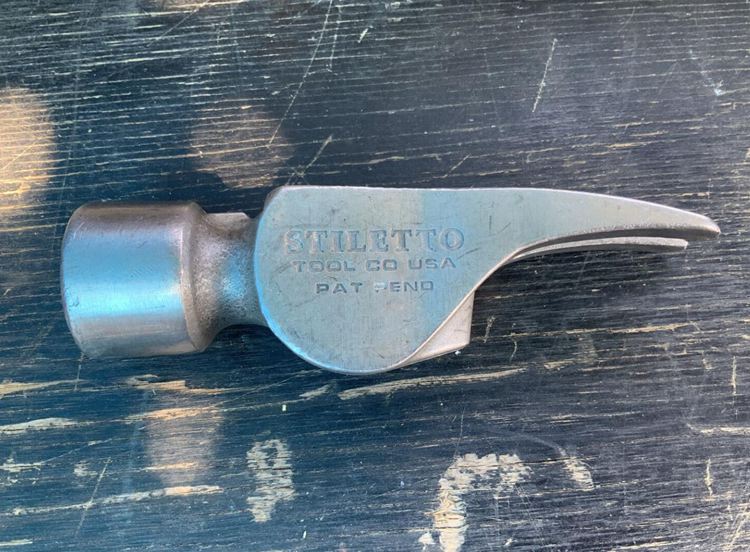
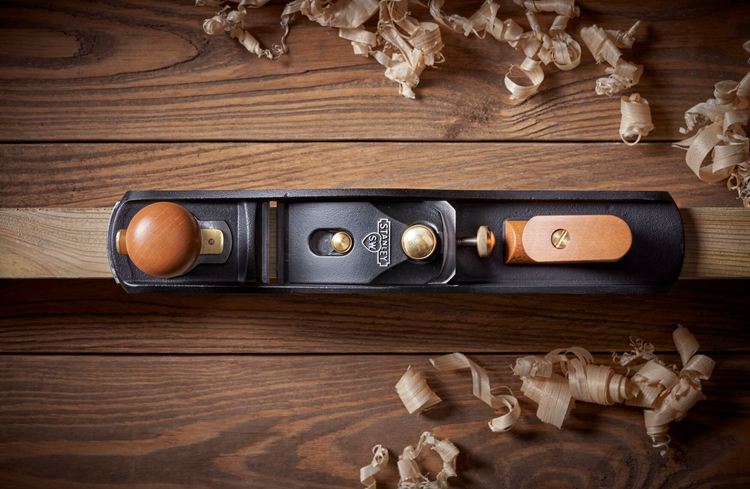
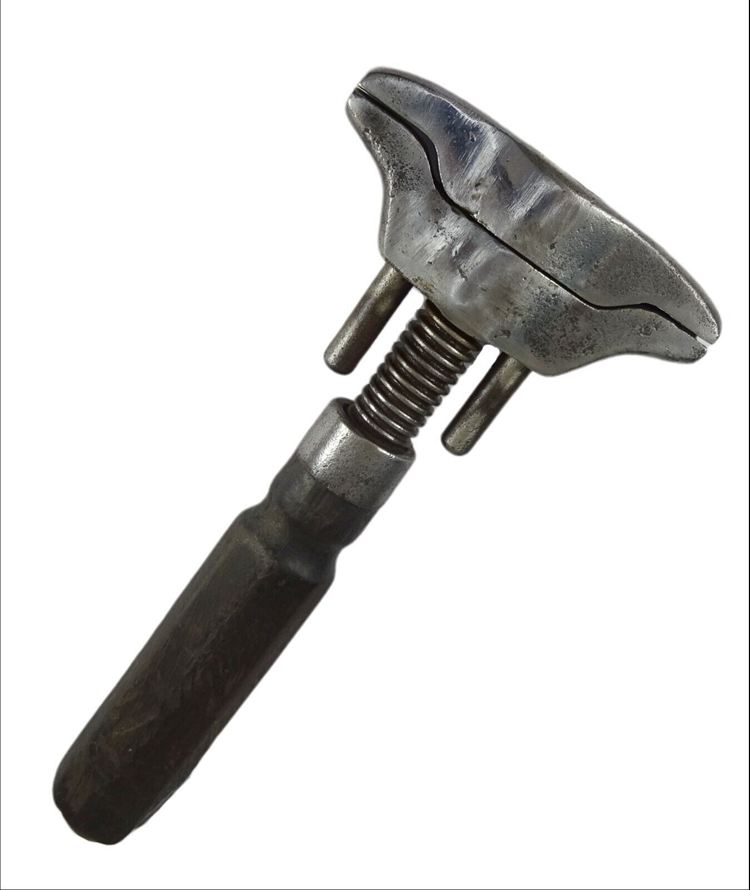

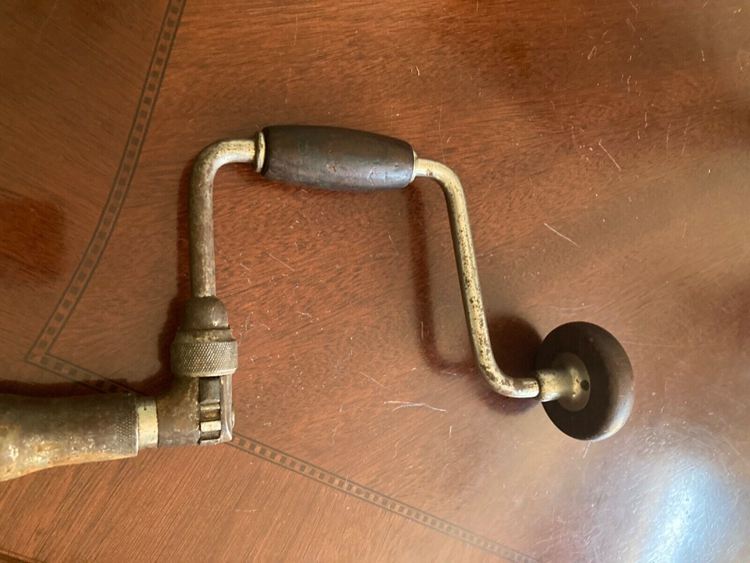
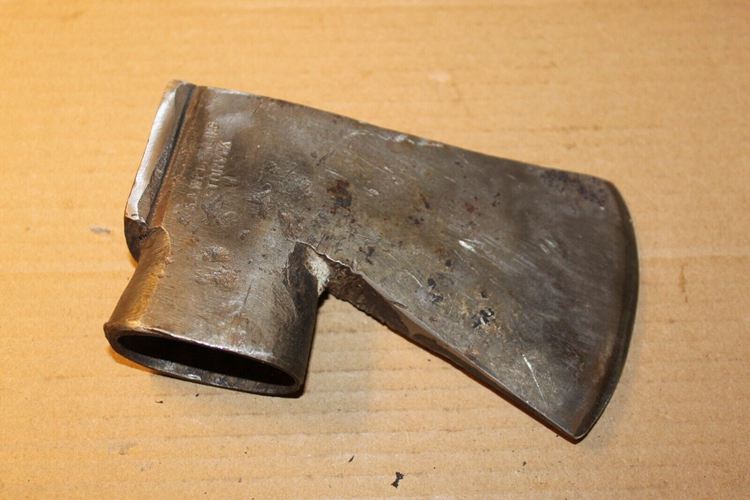
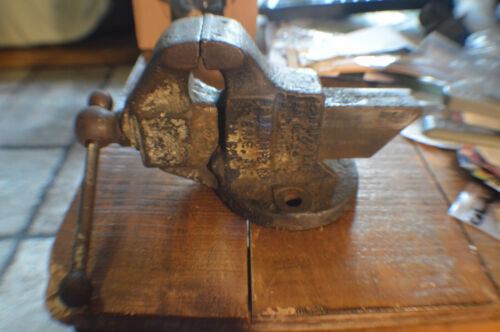
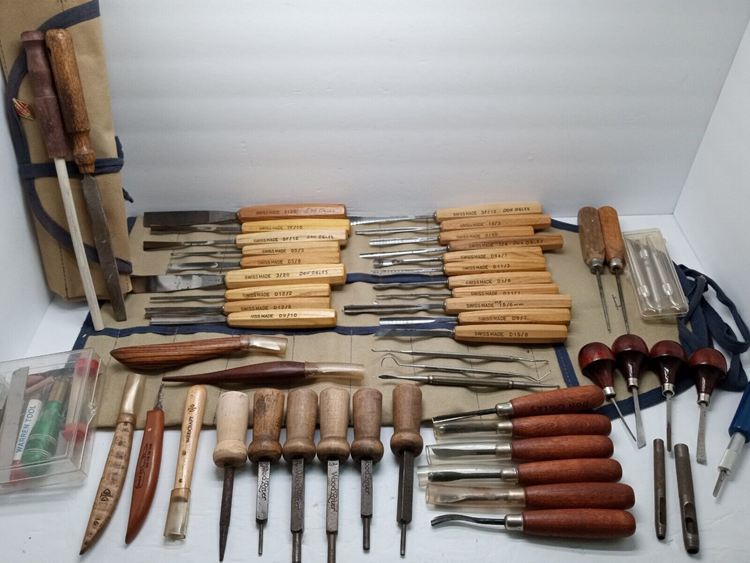
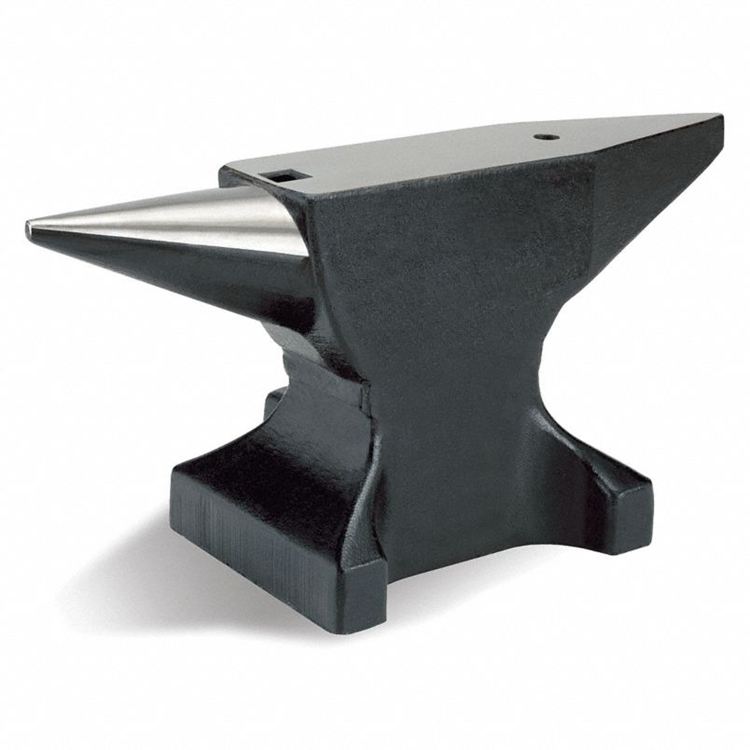
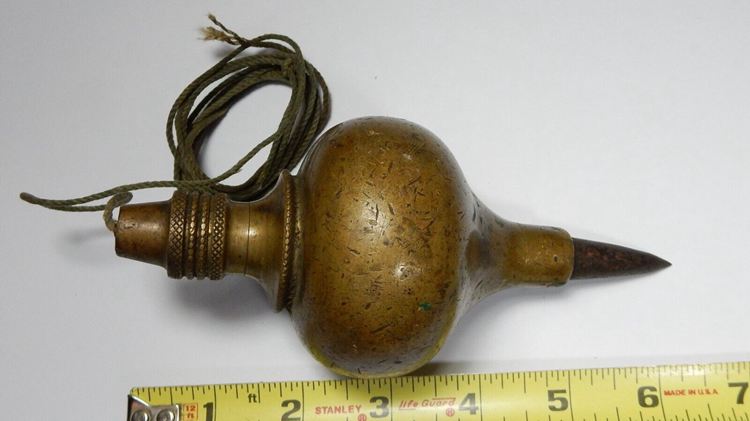
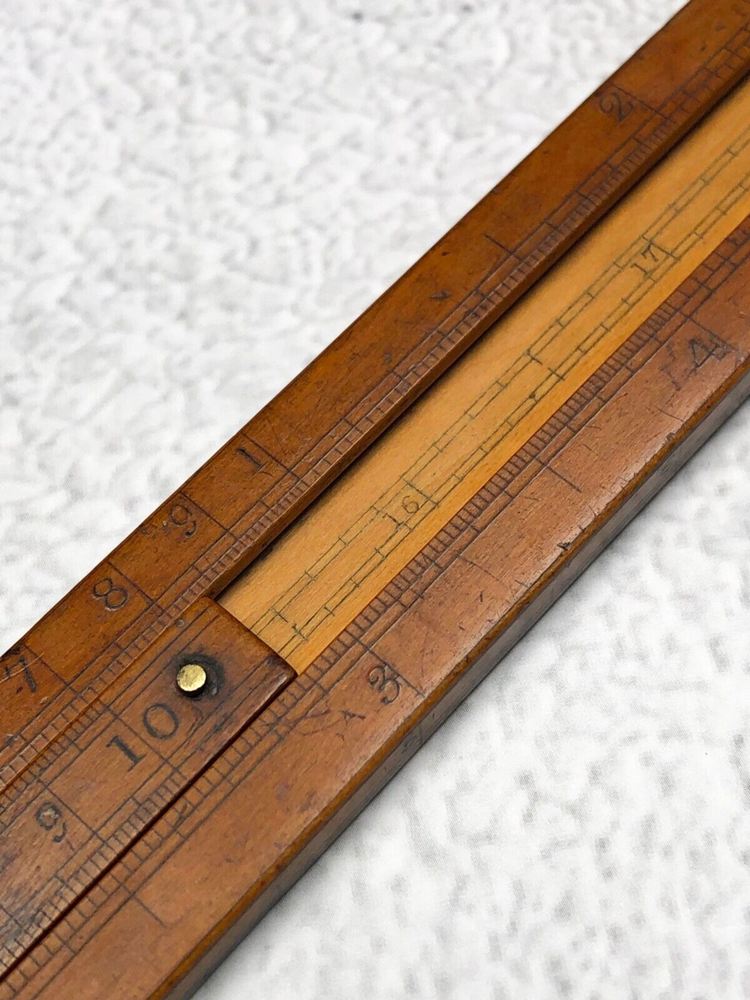
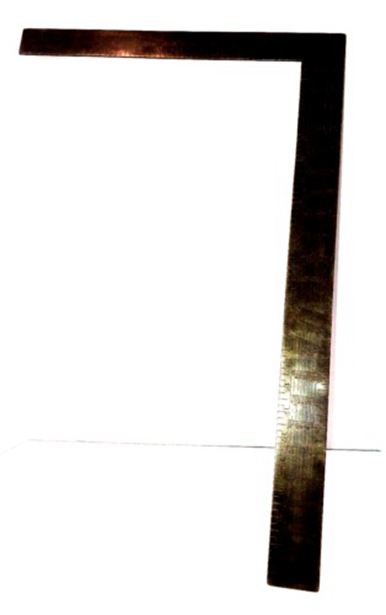
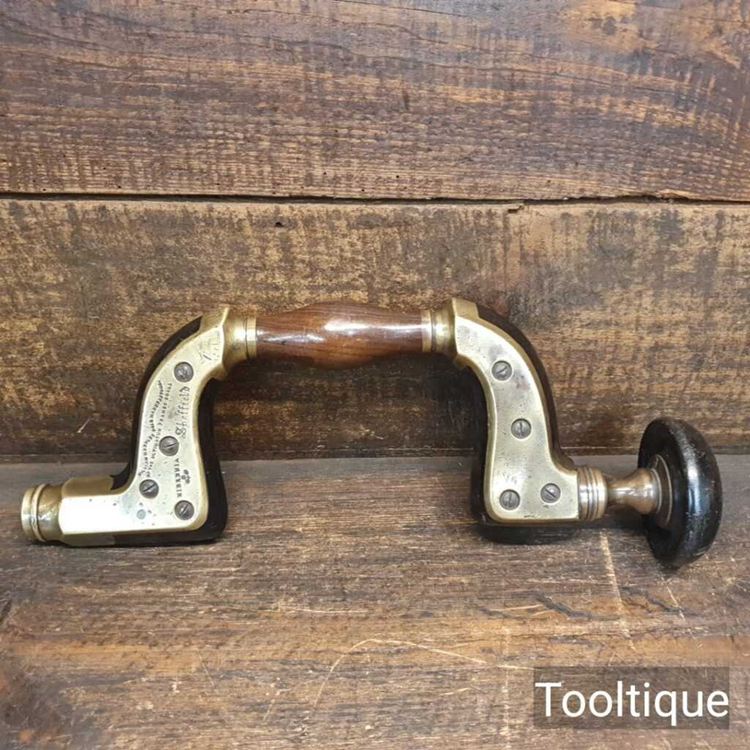
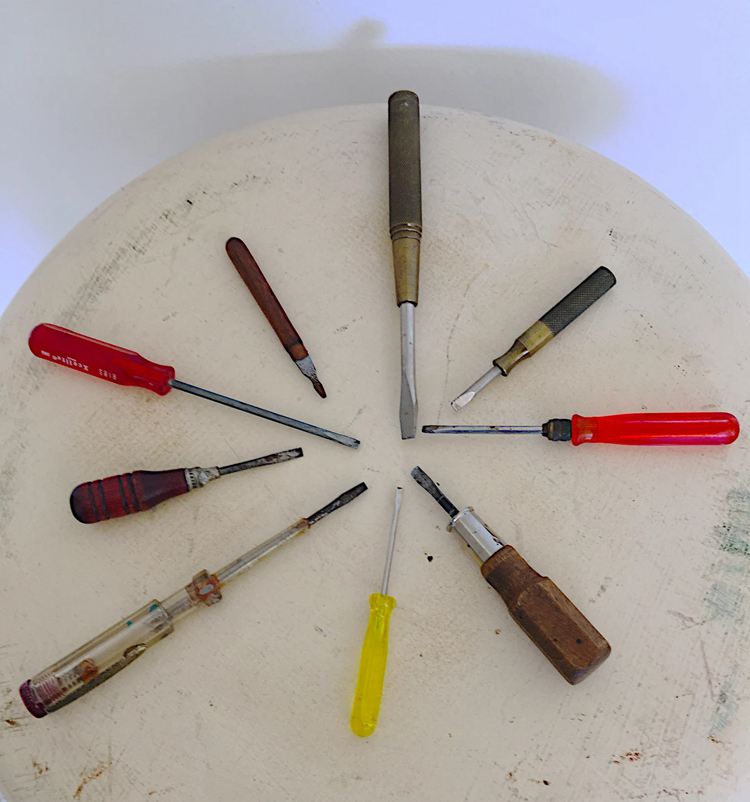
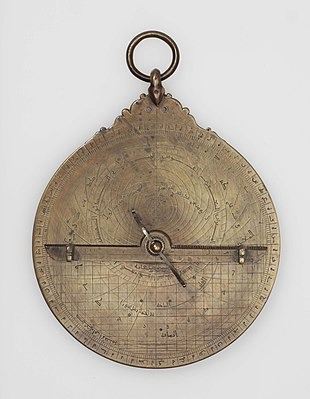
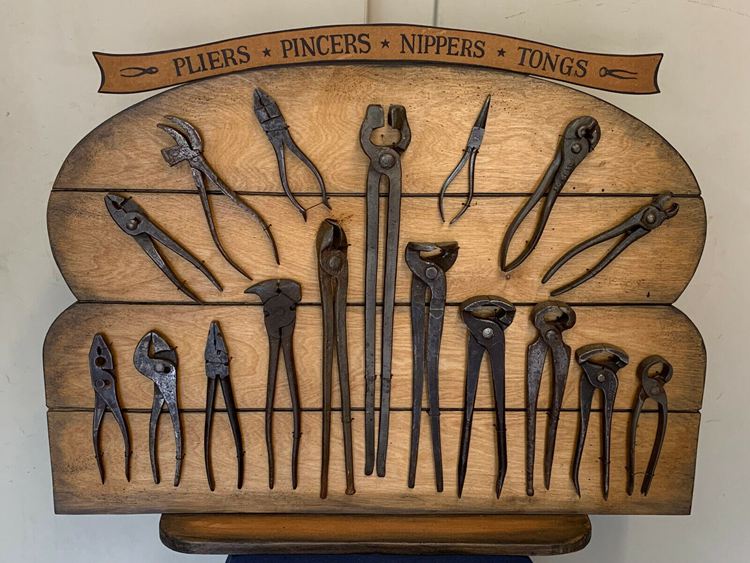
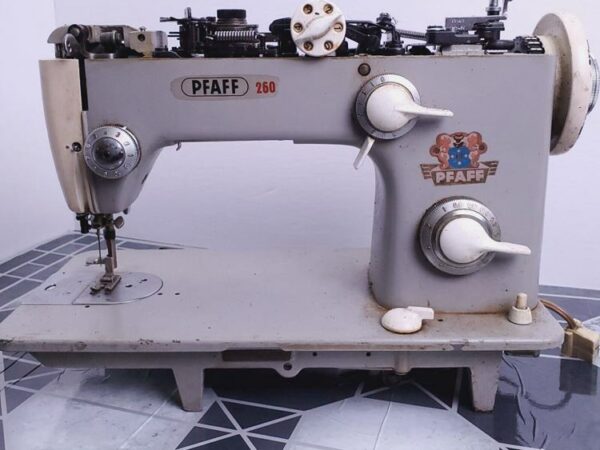
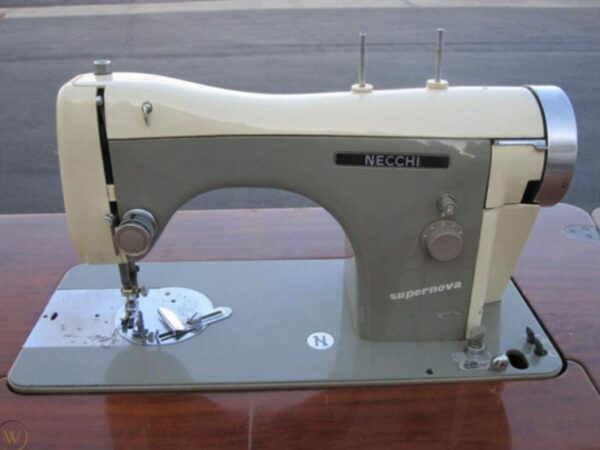
![Vintage Medicine Cabinet Styles Guide [With Pictures]](https://www.txantiquemall.com/wp-content/uploads/2021/12/Vintage-Medicine-Cabinet-Styles-Guide-600x450.jpg)
